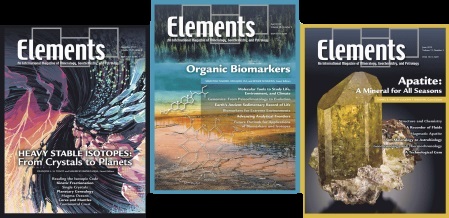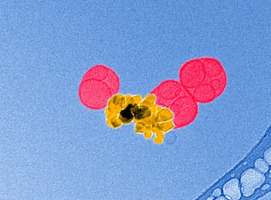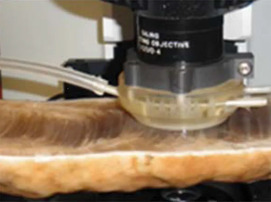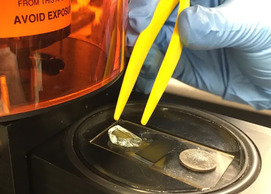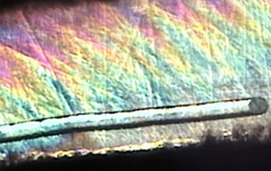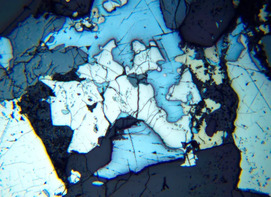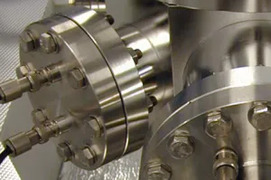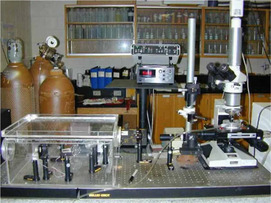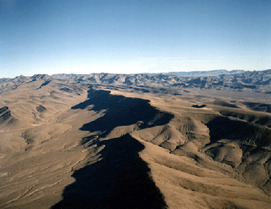The Transition from Geochemistry to Biogeochemistry
Paradigm-changing discoveries about stellar and planetary evolution, the survival of organic molecules and microorganisms under extreme conditions, and geochemical environments on early Earth and other planets are sparking a synergistic dialogue between geoscientists, chemists, and biologists to understand how life originated. To achieve this goal, we must (i) explain the non enzymatic synthesis of biologically relevant organic molecules under geologically plausible conditions; (ii) overcome the rigid conceptual dichotomy of the “RNA world” versus the “metabolism-first” hypotheses; and (iii) develop high-throughput analytical systems to sample the myriad possible combinations of environmental conditions to find those that could initiate life. This issue of Elements highlight the roles of minerals and geochemical environments in the emergence of protocells, the cell-like entities that might have preceded the Last Universal Common Ancestor.
The Transition from Geochemistry to Biogeochemistry Read More »

